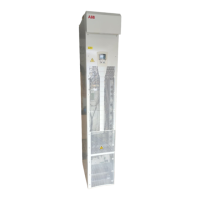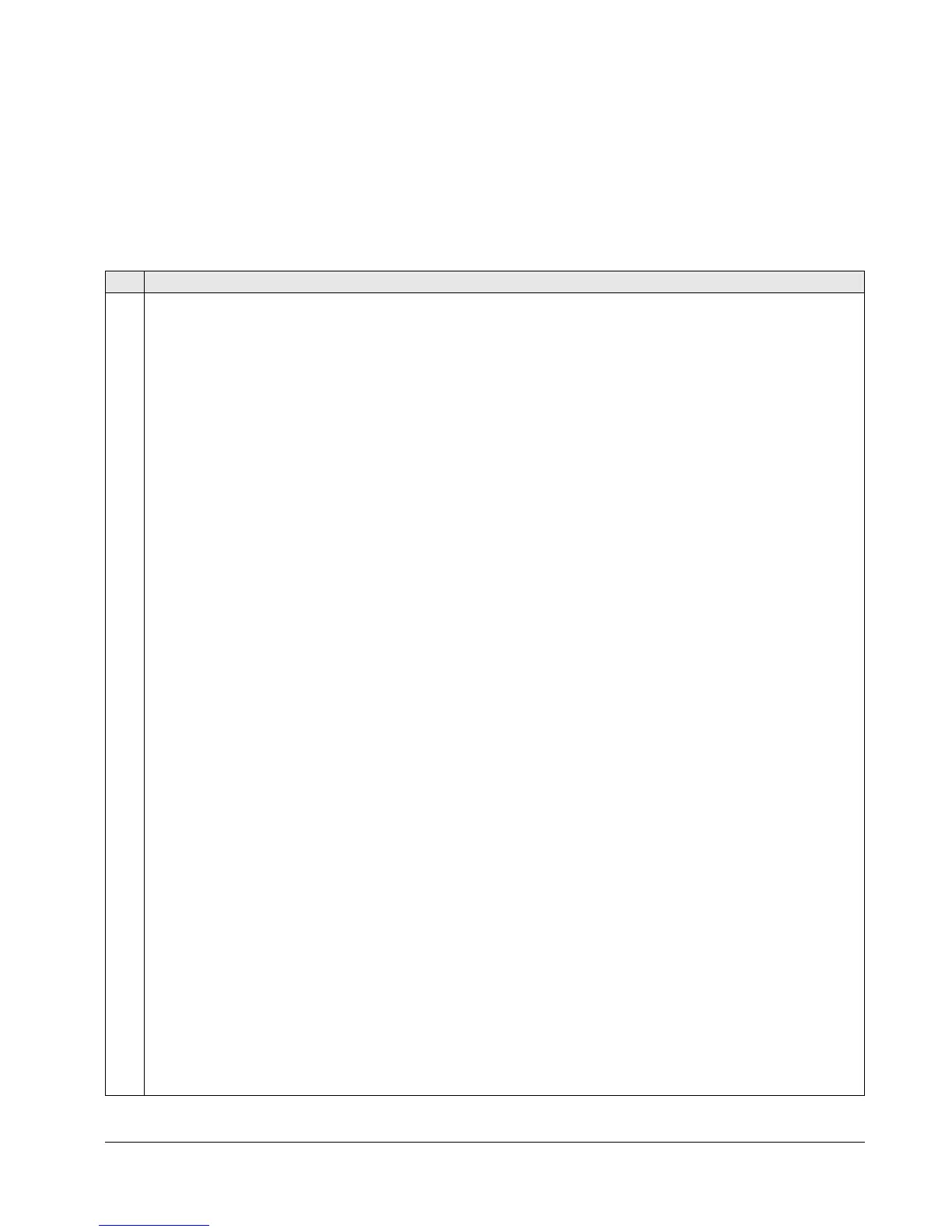
 Loading...
Loading...
Do you have a question about the ABB ACS550-02 and is the answer not in the manual?
| Output Voltage | 0 to Input Voltage |
|---|---|
| Product Type | Variable Frequency Drive |
| Input Voltage | 380 to 480 V |
| Control Method | V/f Control, Vector Control |
| Enclosure Rating | IP21 |
| Communication Options | Modbus RTU, Profibus, CANopen, Ethernet |
| Protection Features | Overcurrent, Overvoltage, Undervoltage, Overtemperature |
| Braking Chopper | Optional |
| Output Current | Varies by model (1.2A to 722A) |
Manual covering safety, installation, start-up, control, parameters, and technical data.
Documentation for optional modules delivered with the drive.
Guides on maintenance procedures like capacitor reforming.
Explains the use of warning symbols and cautions for safety instructions.
Emphasizes critical safety precautions for installation and operation.
Details on how to check motor compatibility with the drive parameters and ratings.
General rules and guidelines for selecting appropriate power cables.
Guidelines for routing motor, power, and control cables to minimize interference.
Instructions for safely moving the drive to the installation site.
Specifies requirements for installation location, orientation, and clearances.
Procedures for checking drive and motor cable insulation resistance.
Guides on initiating drive start-up based on control panel type and procedure.
Detailed procedure for performing the Motor ID Run for drive calibration.
Overview of control panel types and their functions.
How to navigate and modify drive parameters using the control panel.
Details and connection example for the default ABB Standard macro.
How to save, load, and manage user-defined parameter sets.
A comprehensive listing of all drive parameters with their properties and default values.
Parameters defining drive response to potential faults and alarms.
Instructions for installing the embedded fieldbus (EFB) module and connecting cables.
Steps to activate and configure serial communication for a Fieldbus Adapter (FBA) module.
Basic control interface elements between fieldbus systems and the drive.
Fault handling and diagnostic information specific to the FBA module.
How the drive reports error situations via LEDs and control panel displays.
Detailed table of faults, their codes, descriptions, and recommended corrective actions.
Critical safety instructions before performing any maintenance on the drive.
Routine maintenance intervals and recommended procedures from ABB.
Instructions for cleaning the heatsink to prevent overtemperature issues.
Drive ratings including IEC and NEMA specifications, frame size, and heat dissipation.
Environmental requirements for drive installation, storage, and transportation.
Table of recommended copper and aluminum cable types based on load currents.
Contact information for product and service inquiries.
Information on available product training.